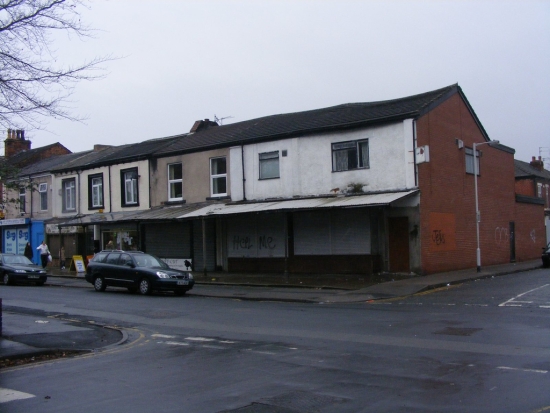A sharp fall in retail rents has been recorded in all regions except London over the past five years according to Colliers International. However the commercial property advisers’ Midsummer Retail Report also contains the encouraging forecast that the market is expected to recover to pre-recession levels by 2020.

Stockport has seen one of the sharpest declines
The data reveals that the worst hit areas are Wales and the North East where rents have fallen by 31 per cent since the onset of the global financial crisis. In the West Midlands there has been a decline of 25 per cent while the South West saw a drop of 23 per cent in rental values.
In the North West rents have fallen by 5.5 per cent in the past year and by a total of 18 per cent since 2008. In monetary terms this equates to an average drop from £108 per sq ft to £88 per sq ft.
A breakdown of the figures shows that Stockport has seen one of the sharpest declines at a staggering 25.9 per cent over the past 12 months alone and by 47 per cent since 2008. Southport, Bootle, Birkenhead and Liverpool also experienced significant falls.
Unsurprisingly, the only areas of the UK to record rental rises over the period are Central and Greater London where rents have risen by 15 per cent and 11 per cent respectively since 2008.
A combination of reduced household budgets, stiff competition and changing consumer habits have all had an impact on the high street but Colliers singles out the government’s postponement of the business rates revaluation as another contributing factor.
“The decision of the government to delay the rates revaluation has left a massive burden on those high streets where decline has been the greatest and we call on the government to introduce a revaluation now.
“We’re in a position where central London shops are effectively being subsidised by those in Wales and the North East of England,” said director of retail Tom Cullen.
Despite these disappointing figures Colliers predicts that by 2020 the number of vacant high street properties will have fallen from the current average of 12 per cent to the 2006 level of 7 per cent. This recovery is forecast to be ‘selective’ with major towns seeing the sharpest falls in vacancies while other locations will see the least.
Colliers explains that this recovery will be driven by a number of factors. First of all a population increase of 3.3 million is expected over the coming seven years accompanied by economic growth and a rise in expenditure.
There will also be a levelling off in the growth in online spending together with an alignment of internet and property strategies among the major retailers. Another factor is that retail development is expected to be ‘minimal’ over the coming years, generating demand for empty properties.
Colliers forecasts that the improvement in the retail market will begin next year but some areas will need ‘intensive care’ to aid recovery.
Previous Post
Premier Inn Unveils New Compact Hotels